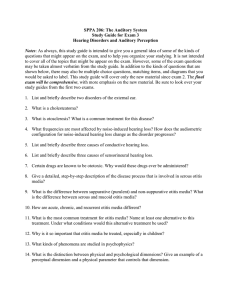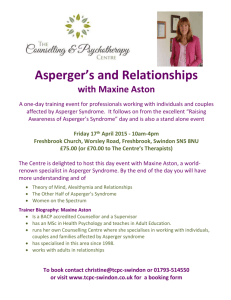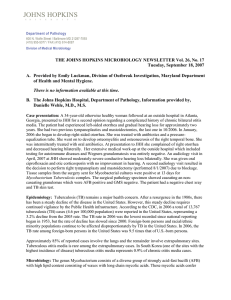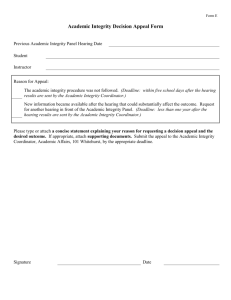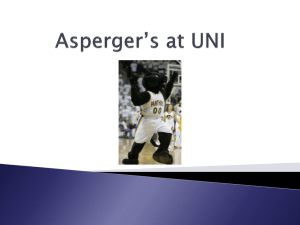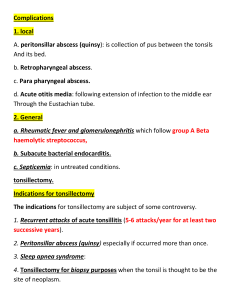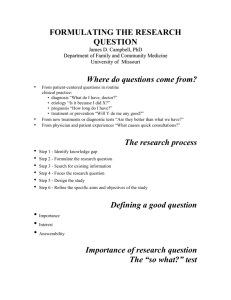Quiz—Section II
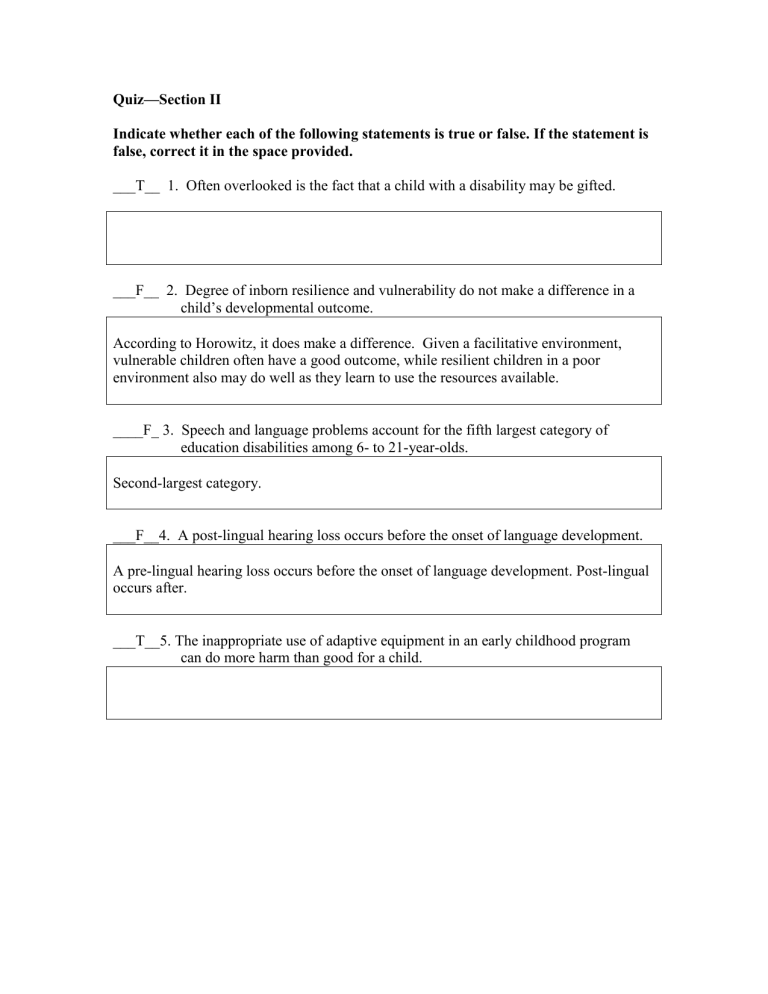
Quiz—Section II
Indicate whether each of the following statements is true or false. If the statement is false, correct it in the space provided.
___T__ 1. Often overlooked is the fact that a child with a disability may be gifted.
___F__ 2. Degree of inborn resilience and vulnerability do not make a difference in a child’s developmental outcome.
According to Horowitz, it does make a difference. Given a facilitative environment, vulnerable children often have a good outcome, while resilient children in a poor environment also may do well as they learn to use the resources available.
____F_ 3. Speech and language problems account for the fifth largest category of education disabilities among 6- to 21-year-olds.
Second-largest category.
___F__4. A post-lingual hearing loss occurs before the onset of language development.
A pre-lingual hearing loss occurs before the onset of language development. Post-lingual occurs after.
___T__5. The inappropriate use of adaptive equipment in an early childhood program can do more harm than good for a child.
Choose a word from the list below that best fits each of the following blanks.
Congenital
Otitis media
Alterations
Problems
Asperger’s
Autism
Perseveration
1. Wheelchair accommodation, railings, floor coverings, and eye-level materials are all types of alterations that can be made to provide a safe and appropriate learning environment for a child with motor impairments.
2. Otitis media that comes and goes can be responsible for delays in both language and hearing.
3. A condition present at the time of birth is referred to as congenital.
4. Asperger’s is a disorder characterized by a lack of social skills, difficulty in social relationships, poor concentration, and restricted interest but with normal intelligence and adequate language skills.
5. Perseveration is typical of many children who seem likely to develop a future learning disorder.
Thought questions. Answer using experience, the text, and any other resources.
1.
Provide three reasons to justify this statement: To work effectively with children with developmental problems and special talents, teachers need to have thorough knowledge of normal growth and development. (see Chapter 4)
2.
Argue both for and against labeling young children as having a particular disability, supporting each argument with examples. (see Chapter 5)
3.
Describe five strategies that teachers may use to facilitate inclusive learning experiences for children with vision loss. (see Chapter 6)
4.
Outline classroom emergency measures related to physical disabilities and health problems, and create an emergency plan. (see Chapter 7)
5.
If there was a child with ADHD in your classroom, what modifications could be made to enable the child to learn to manage his or her behavior without hindering his or her self-esteem. (see Chapter 8)

